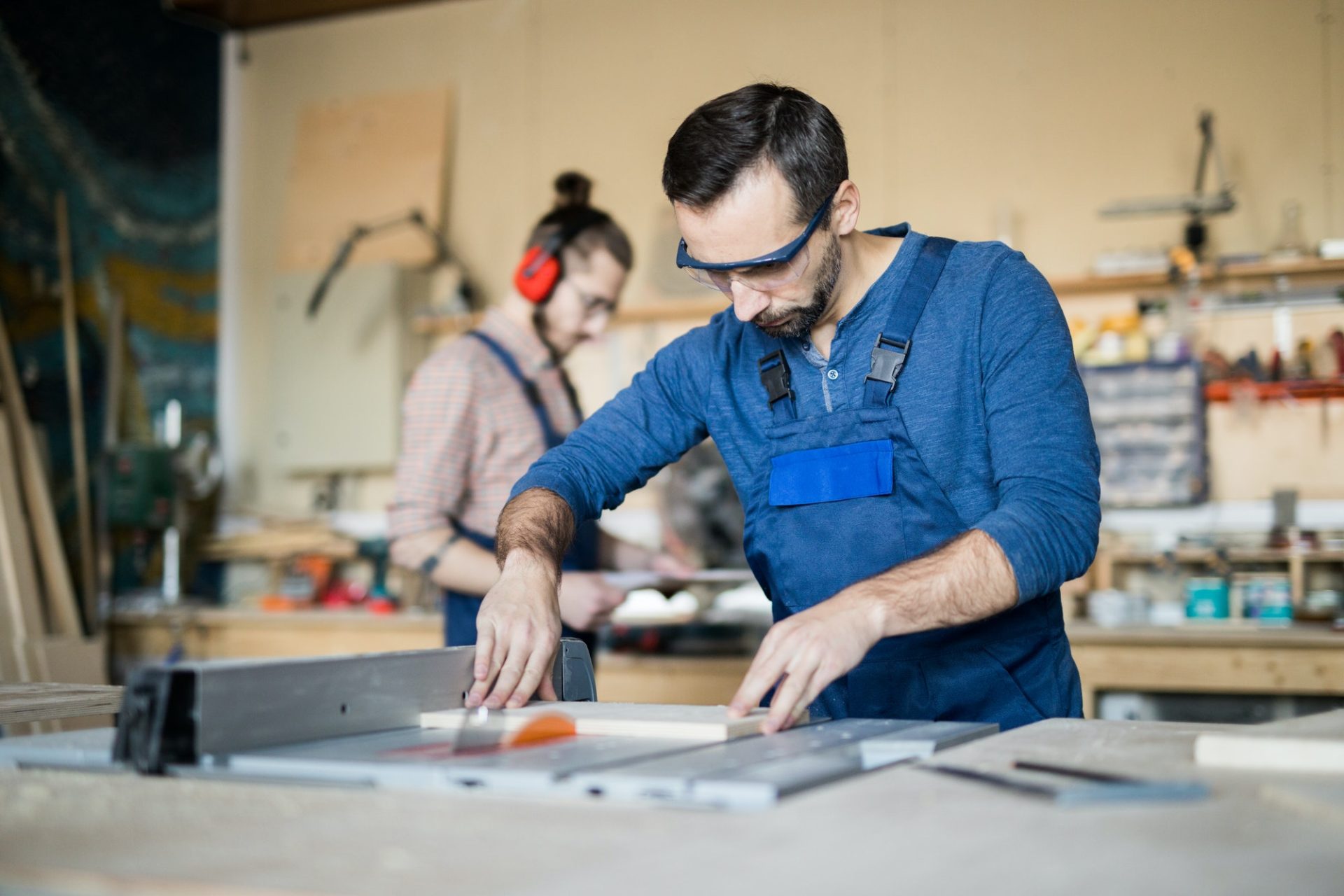Safety laws must be strictly followed in creating paper art and craft projects from hand-made ideas, even if they appear simple. Creating art and craft can be quite hazardous if papercraft makers do not adhere to correct storage, handling, and disposal guidelines for art supplies.
Man’s creative pursuits expose him to potentially harmful substances and materials. Even non-toxic materials can be hazardous if handled incorrectly, and the dangers of paper crafting can vary. The issues range from minor injuries like cuts and bruises to life-threatening situations like ingesting toxic or harmful ingredients.
DIY tips for papercraft creators
The following recommendations, even if they may seem obvious, are worth reiterating. Remember that what you take for granted may not be obvious to others. To get you started, here are some DIY options.
Use caution when purchasing items.
As a substitute, use only eco-friendly materials and steer clear of products like aerosol sprays, oil paints, instant paper-mâché, and colored printing inks, including harmful chemicals like chlorofluorocarbons (CFCs).
Search for products with adequate labeling
Products that are safe for children and clearly labeled non-toxic should always be your first choice. Non-toxic labels are misleading and can pose a short- or long-term danger of poisoning, so it is recommended not to use them unless a label specifies they are certified.
Papercrafters who wear contact lenses should be aware that the lenses might trap dust or other airborne pollutants, irritating. Therefore they should wear protective clothing such as a smock or coveralls when possible.
Dispose of waste stuff with care
Make sure you know how to get rid of unwanted residue from your art and hobby supplies. Never combine leftover chemicals or products. It’s important to preserve what’s left. Also, children and pets should be kept away from hazardous items.
When it comes to making crafts from hand-made ideas and abilities, the goal of DIYs is for you to put what you’ve learned to use. Consider taking lessons, seeing a specialist, or reading materials compiled by professionals. Be aware of the precautions you should take when working with sharp objects.
Organize Your Workspace and Make the Most of It
Make sure you have adequate room to do your job safely and properly. Papercrafting is best done in a well-lit, well-ventilated area with an abundance of hand-made ideas to draw from. For certain solvents and adhesives, sufficient ventilation is necessary.
Adult supervision is required for any arts and crafts project that requires it. Accidents can be avoided, and the proper use of arts and crafts supplies can be ensured with close supervision and involvement. The product’s instructions and safety warnings should be read to yourself before commencing a project, as well as research into the potential hazards of any item or supplier.


